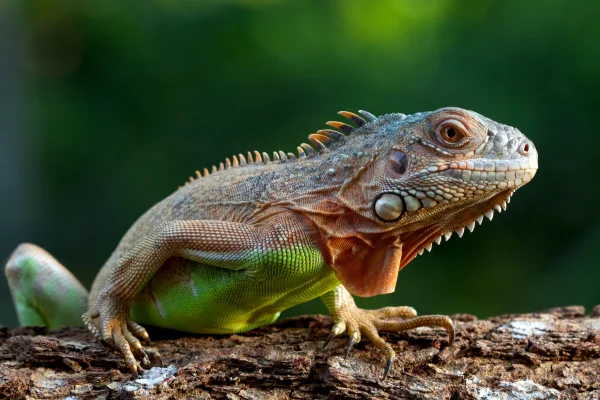Types of Iguanas: A Fascinating Exploration of Iguana Species
Introduction
Welcome to the enchanting world of iguanas! If you're intrigued by these remarkable reptiles and want to learn more about the different types of iguanas, you've come to the right place. In this article, we'll embark on an exciting journey to explore the various Types of Iguanas, shedding light on their distinct characteristics, natural habitats and fascinating behaviors.
Types of Iguanas
The heart of our exploration begins here, as we delve into the world of Iguana Types. From the iconic green iguana to the lesser-known species, we will unlock the secrets of their existence, providing detailed knowledge about each type of iguana.
Contents
Green Iguana
The Green Iguana, also known as the Common Iguana, is one of the most recognizable iguana species. With its vibrant emerald green color, this arboreal reptile is a true wonder of nature. These iguanas mainly inhabit the rainforests of Central and South America. They are excellent swimmers and climbers, making them adept at adapting to their environment.
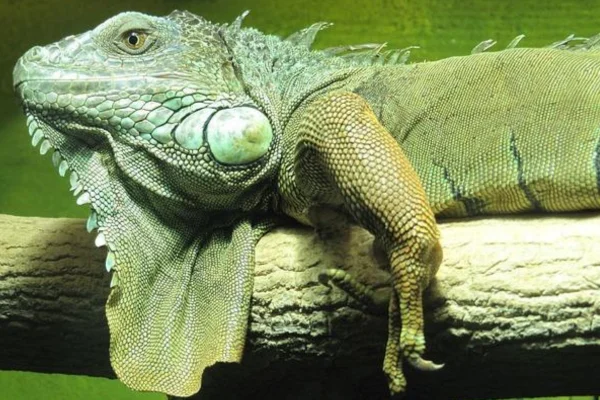
Lesser Antillean Iguana
The Lesser Antillean Iguana, native to the Caribbean, is a testament to the diversity of nature. Their diverse coloration, which ranges from vibrant green to earthy tones, is a visual delight. However, these iguanas face the threat of habitat loss and invasive species, making their conservation a critical effort.
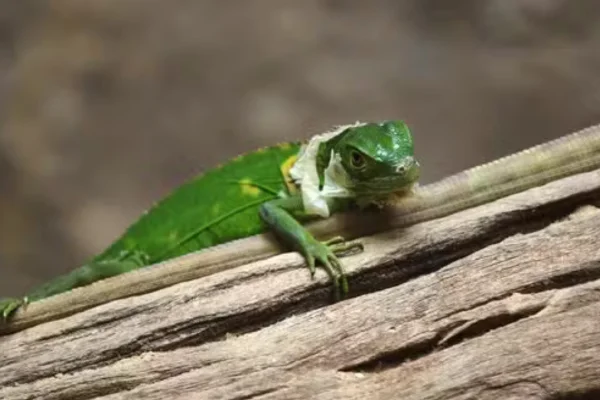
Rhinoceros Iguana
Known for its striking resemblance to a rhinoceros, the Rhinoceros Iguana is a master of camouflage. These creatures are native to the Dominican Republic and Haiti and are mainly herbivores. Their conservation status is a matter of concern, and efforts are being made to protect this unique species.
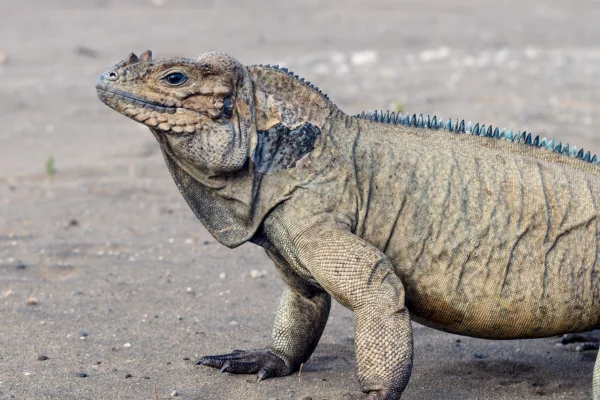
Chuckwalla
Native to North America, the Chuckwalla is a remarkable species of iguana, characterized by its robust body and impressive size. These iguanas are known for their rock-dwelling habits and are masters of thermal regulation. They warm themselves in the sun to raise their body temperature, displaying an extraordinary adaptation to the environment.
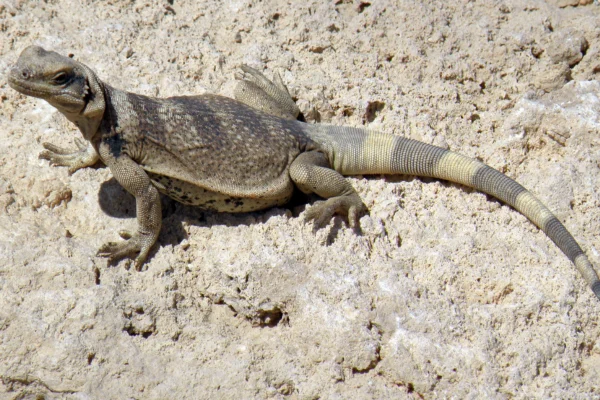
Necklace Iguana
The Necklace Iguana is a colorful species found in Mexico and Central America. Its name derives from the characteristic necklace-shaped band around its neck. These iguanas are known for their social behavior and are often seen sunbathing together in groups, providing an enchanting sight for observers.
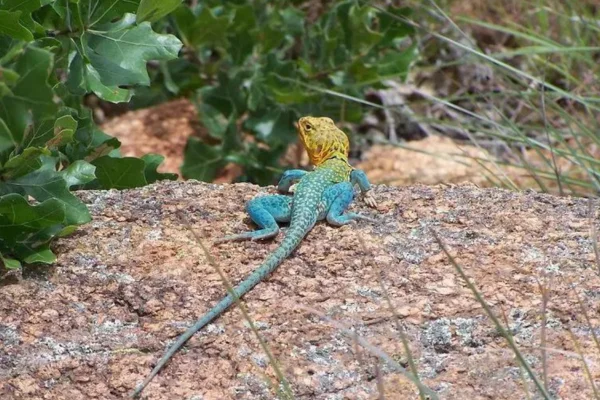
Spiny-tailed Iguana
Originally from Central America and northern South America, the Spiny-tailed Iguana is aptly named because of the spiny appearance of its tail. Its strong tails are used for defense against predators and are a unique feature of this iguana species.
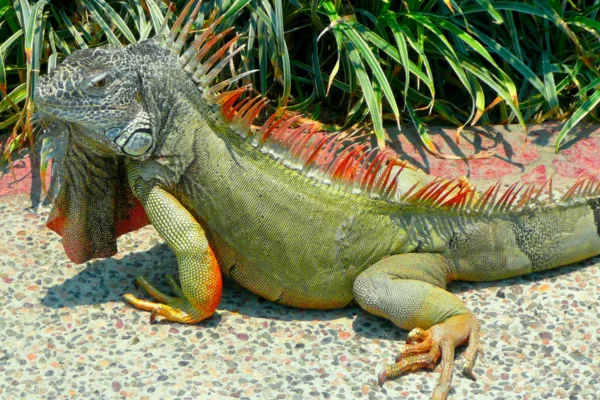
You might like this article, The Fascinating World of Chameleon Types
Frequently Asked Questions about Iguanas
How many types of iguanas are there in total? There are more than 40 different species of iguanas, each with different characteristics and habitat preferences.
What is the main diet of iguanas? Iguanas are mainly herbivores, with a diet consisting of leaves, flowers and fruit. Some species may occasionally consume insects.
Are iguanas good swimmers? Yes, many species of iguanas are proficient swimmers and can move around bodies of water with ease.
Do iguanas make good pets? Although some people keep iguanas as pets, they require specialized care and it is essential to research their specific needs before considering them as pets.
Why are iguanas endangered in some regions? Habitat destruction, invasive species and the illegal wildlife trade are among the main factors contributing to the endangerment of certain iguana species.
How can I contribute to iguana conservation efforts? Supporting organizations dedicated to the preservation of these magnificent reptiles and spreading information about their plight can make a big difference.
Conclusion
In conclusion, Types of Iguanas offers a glimpse into the captivating world of iguana diversity. From the vibrant Green Iguana to the elusive Spiny-tailed Iguana, each species has a unique story to tell. It is our responsibility to protect these incredible creatures and their natural habitats, ensuring that future generations will continue to marvel at the beauty of the Types of Iguanas.
Thanks for stopping by, check out our other work too
https://vettopbr.com/tosse-em-caes/

